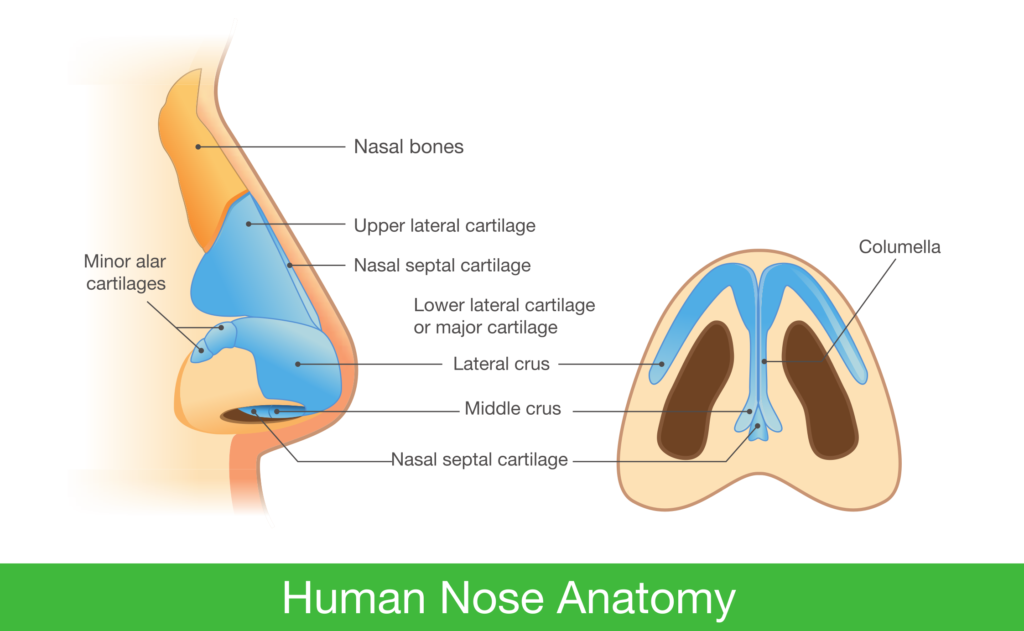Sinonasal tumors: Types, Symptoms, Diagnosis, and Treatment Options

Sinonasal tumors are relatively rare growths that develop in the nasal cavity and sinuses. These tumors can vary in their nature and severity, and they require careful diagnosis and treatment. In this comprehensive blog post, we will delve into the different types of sinonasal tumors, their symptoms, methods of diagnosis, and available treatment options.
Types of Sinonasal Tumors
Sinonasal tumors can be classified into two main categories: benign and malignant. Nasal polyps, pyogenic granulomas, and inverted papillomas are examples of benign tumors that are not life-threatening. However, if inverted papillomas are not removed, they can become cancerous in some cases. Malignant tumors, including squamous cell carcinoma, adenocarcinoma, esthesioneuroblastoma, and sinonasal undifferentiated carcinoma, have the potential to invade surrounding tissues and metastasize to other parts of the body.
Symptoms
The symptoms of sinonasal tumors may vary depending on their size, location, and growth pattern. Common symptoms include persistent nasal congestion, nasal obstruction, facial pain or pressure, recurrent nosebleeds, postnasal drip, nasal discharge (sometimes bloody), headaches, and changes in vision or hearing. In advanced stages, individuals may experience weight loss, fatigue, and a general decline in overall health.
Diagnosis
Diagnosing sinonasal tumors requires a comprehensive evaluation and a combination of diagnostic tests. The initial assessment typically involves a thorough medical history and physical examination. Imaging studies, such as computed tomography (CT) scans or magnetic resonance imaging (MRI), provide detailed information about the size, location, and extent of the tumor. Endoscopic examinations are often needed to visualize the tumor as well.
A definitive diagnosis is often made through a biopsy, where a small sample of the tumor tissue is removed and examined under a microscope. This helps determine the type of tumor and its malignant potential. Additionally, the biopsy results assist in determining the appropriate treatment plan and prognosis.
Treatment Options
Treatment options for sinonasal tumors depend on various factors, including the type, size, stage, and location of the tumor. The primary treatment modalities include surgery, radiation therapy, chemotherapy, targeted therapy, and immunotherapy. The choice of treatment is individualized based on the specific characteristics of the tumor and the patient’s overall health.
Sinonasal tumors require a comprehensive approach to diagnosis and treatment. Understanding the different types of tumors, recognizing the associated symptoms, and seeking timely medical attention are crucial for effective management. With advancements in diagnostic techniques and treatment modalities, the prognosis for sinonasal tumors continues to improve, offering hope for better outcomes and quality of life for patients.


